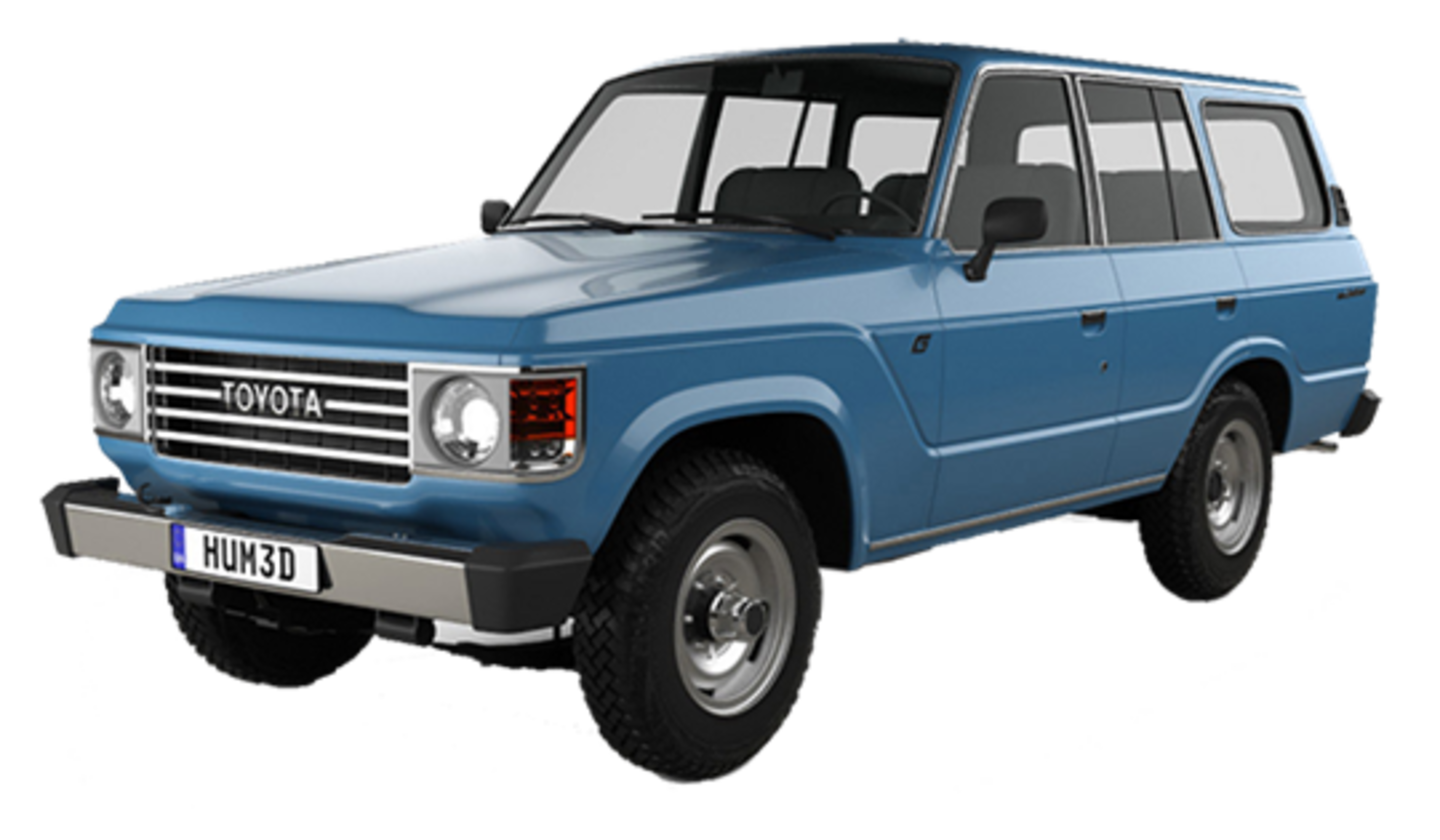4 August 2021 · Our Blog - Read The Latest Articles
LandCruiser 300 Series: Latest in a Long Line of Legends
Dominating the motoring industry for the last 70 years, the 4x4 LandCruiser has taken the lead as Toyota’s longest-running series. The iconic SUV has made a name for itself around the world as an off-road ally for a smooth ride across rough landscapes, built to withstand the toughest conditions. Produced in a range of body styles, from convertibles to hardtops, station wagons and cab chassis, the LandCruiser has come a long way from its origins in the 1950s. Now, the revolutionary Toyota LandCruiser 300-series is set to take the wheel as the latest LandCruiser model, due for release in October 2021. Here, we take a look at the transformation of the comfort-oriented models from the J50 to the J300.
LandCruiser J50
The first comfort-oriented LandCruiser, the J50 was produced in 1967 and paved the road for the station wagon body style. This passenger-friendly car came about to steer away from the previous off-road oriented models and toward improving the comfort of the interior. With a 16-inch-longer wheelbase, the 50 series included a 3.9L engine that boosted the SUV’s ability to cruise along at highway speeds.

LandCruiser J60
This front-engine, 4D wagon van launched in 1980 and combined the rugged off-road features of the earlier LandCruisers with characteristics made for comfort, such as air conditioning and an upgraded interior. This new, savvy design executed a J-Turn on the concept of 4WD vehicles, taking them from a reliable heavy duty vehicle to a luxe RV. As for the new 3F-type 4.0L engine, its power and torque figures jumped to 155 horses and 220 lb-ft.

LandCruiser J80
Launched in early 1990, the LandCruiser 80 series was nicknamed the Burbuja (Bubble) in South America thanks to its round body style. This new iteration hit a lot of motoring milestones, including introducing driver and passenger airbags, anti-lock braking systems and a fuel injected version of the 3F engine into the Australian market. In 1993, Toyota turned up the heat by giving the 80-series a new 1FZ-FE-type 4.5L engine.

LandCruiser J100
The LandCruiser 100-series replaced the J80 in 1998. Aside from relatively flat wheel design, the major differences in this newer version were mainly underneath. A new 230-hp 4.7-liter V-8 engine was installed, while independent front suspension was added and structural rigidity increased by 50%.

LandCruiser J200
Unveiled in 2007, the LandCruiser 200-series was leaps and bounds ahead of its predecessor in cosmetic style, safety features and upgraded capabilities such as driver assist technologies. The new off-road electronic elements meant that this mean machine could cruise over any terrain, no matter how tough, with a 381-hp 5.7L V-8. Plus, in 2016 Toyota revamped the 200-series to include an eight-speed automatic transmission, meaning the SUV could hit 60mph in as little as 6.7 seconds. Kapow!

LandCruiser J300
Set to be released in October 2021, the LandCruiser 300 can handle a wide range of roads, from the rocky Australian outback to smooth ocean drives. With a frame designed to reduce the weight of the vehicle by 200kg while improving rigidity and suspension structure, this sleek new model packs a design punch and promises even more power, torque and capability. What’s more, the impressive LandCruiser 300 sports a new 3.3L Diesel twin-turbo engine and 10-speed transmission across all grades.

Evolve With Downtown Toyota
As a proud dealer of LandCruisers, Downtown Toyota can’t wait to get a hold of the new and improved 300-series. Keep an eye out on our social media accounts and website for nearly everything you need to know Brisbane about the new LandCruiser for a spin as soon as it hits our showroom floor.